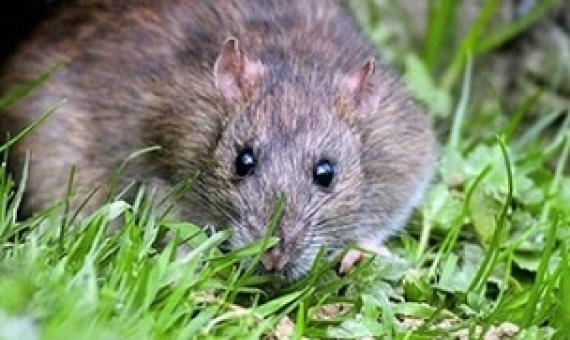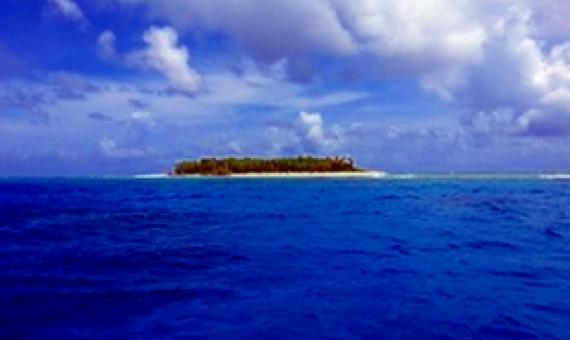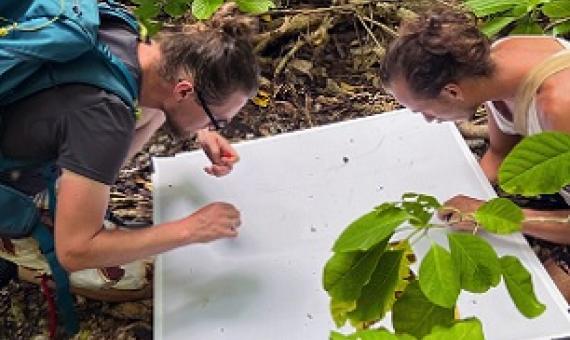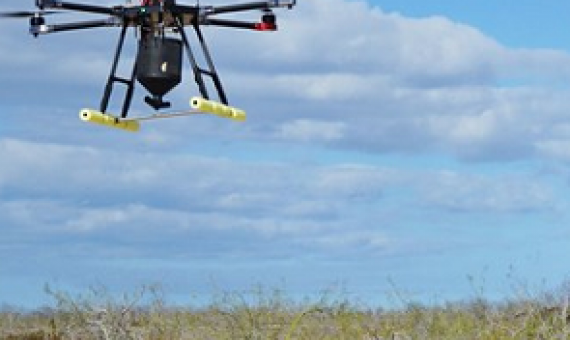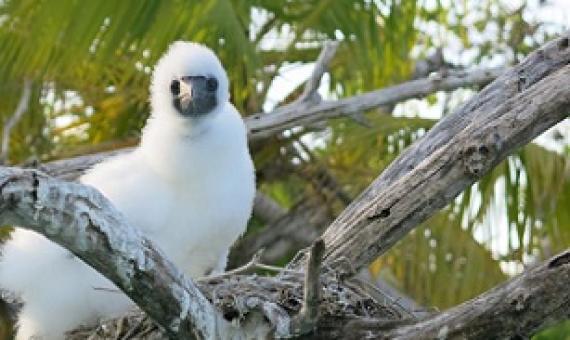Rats on the Cook Islands Palmerston Atoll could be gone for good by years end, making a massive difference to the islands community and biodiversity. At the request of the community, a full-scale rat eradication will take place mid-2023.
Researchers at University of Adelaide, Australia released findings today on potential gene drive technology to control invasive mice on islands.
Like many islands around the world, Tetiaroa Atoll in French Polynesia has been overrun by rats and other invasive species that profoundly affect its terrestrial and marine ecosystems.
Drones are set to fly new missions over Pacific atolls, aiming to replicate their coup in the Galápagos archipelago earlier this year by eradicating invasive rats endangering the survival of indigenous wildlife.
Scientists have provided the first evidence to show that eradicating rats from tropical islands effects not just the biodiversity on the islands, but also the fragile coral seas that surround them.
Costs and bene? ts for biodiversity following rat and cat eradication on Te Hauturu-o-Toi/Little Barrier Island
Considerable bene?ts can be achieved for indigenous biodiversity when invasive vertebrates are removed from islands. In New Zealand, two logistically challenging eradications were undertaken, one to remove cats (Felis catus) and the other Paci?c rats (Rattus exulans) from Te Hauturu-o-Toi/Little Barrier Island (Hauturu). Here we document the short- and long-term impacts of these interventions on the biodiversity of Hauturu. We also assess the extent to which predicted outcomes were re?ected in the measured responses for a wide range of species.

